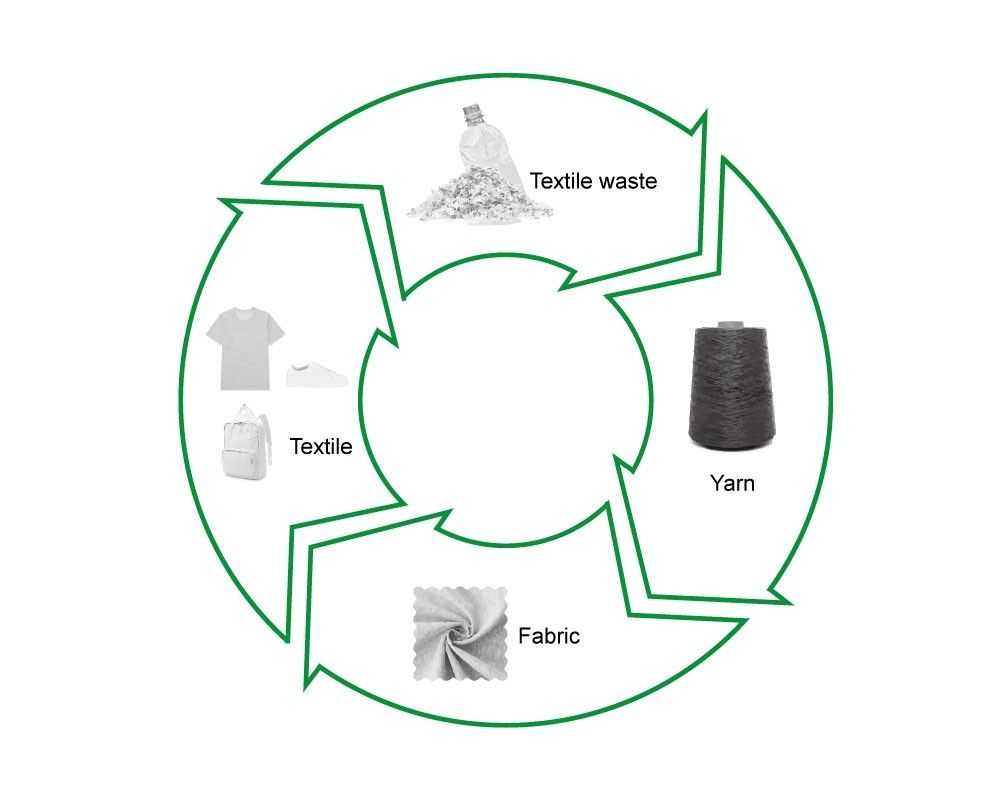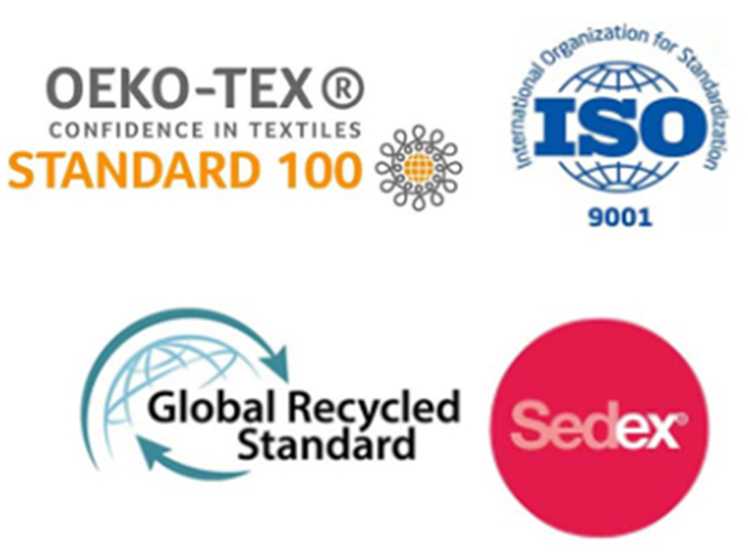The swimwear industry has seen a tidal wave of innovation in recent years, particularly in the realm of fabric technology. As beachgoers and athletes seek gear that matches their dynamic lifestyles, the demand for high-performance, durable, and eco-friendly swimwear is at its peak.
Hydrodynamic Performance
One of the most groundbreaking advancements in swimwear fabric is the development of hydrodynamic materials. These fabrics are engineered to reduce drag, allowing swimmers to glide through water with increased efficiency. The incorporation of ultra-lightweight materials with water-repellent coatings results in significantly less resistance, which can be the deciding factor between first and second place in competitive swimming.
Brands like Speedo and Arena have revolutionized competitive swimwear with fabrication such as high-compression, multi-fiber weaves that contour the body and optimize swimmer's shape. The integration of lycra and nylon provides a snug fit and maintains shape even after countless laps in a chlorinated pool.
Enhanced Durability
Swimwear is subjected to harsh conditions, including UV rays, sand, saltwater, and chlorine, all of which can rapidly deteriorate fabric. Contemporary swimwear materials address these challenges head-on. For instance, PBT (polybutylene terephthalate) is a textile praised for its chlorine resistance, making it a stalwart option for frequent swimmers.
Moreover, the latest fabrics have been upgraded with UV protection to safeguard the skin from harmful sun exposure. These materials not only extend the life of swimwear but also offer additional health benefits to its wearers.
Sustainability at Heart
Sustainability is a pressing issue globally, and swimwear fabric innovations are stepping up to the challenge. Eco-friendly materials such as recycled nylon and polyester, made from reclaimed fishing nets and plastic bottles, are becoming increasingly prevalent. Brands like Patagonia and Mara Hoffman are pioneering in eco-swimwear, providing consumers with environmentally conscious options without compromising on style or functionality.
These sustainable fabrics do not only mitigate waste and pollution but also maintain the high-quality characteristics essential for swimwear, such as resilience and elasticity. Supporting swimwear made with these innovative materials ultimately contributes to healthier oceans and a cleaner planet.
Comfort and Aesthetics
Technological advancements have also allowed for enhanced comfort without sacrificing aesthetics. Four-way stretch fabrics provide freedom of movement and perfect fit, ensuring that swimwear stays in place during activity. Additionally, digital printing technology has opened up endless possibilities for vibrant patterns and colors that resist fading.
The fusion of fashion with function has led to swimwear that makes a statement in and out of the water. Whether it's through bold prints or sleek, minimalist designs, the latest swimwear fabrics ensure that personal style is never compromised.










